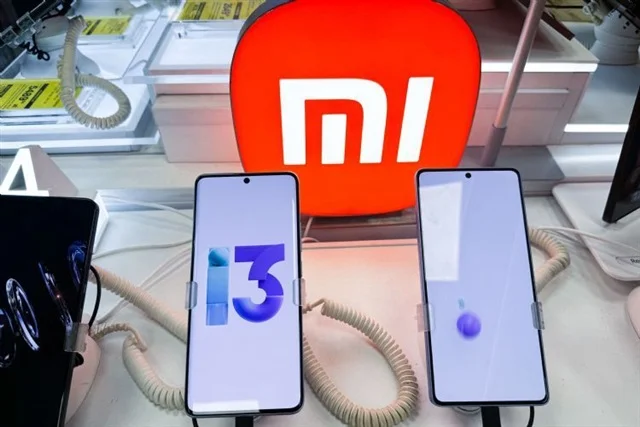
Xiaomi’s Bold Move: Xring Chipset Aims for Independence, Employs 1,000 for In-House SoC
Xiaomi is making waves in the tech world with its ambitious push into chip design. The Chinese smartphone giant has reportedly assembled a team of 1,000 engineers for its in-house Xring chipset project, signaling a major shift towards self-sufficiency and potentially challenging the dominance of established players like Qualcomm and MediaTek.
Rumors surrounding Xiaomi's custom SoC have been circulating for some time, but recent reports suggest that the project is gaining serious momentum. According to tipster @Jukanlosreve, a functional Xring prototype was spotted as early as March, and the final version is expected to be unveiled sometime in May. The company is preparing for the official launch of the Xring in late May. This is a vital move for Xiaomi as the company pushes to become more independent in the smartphone industry.
What's particularly intriguing is the reported strategic decision to establish Xring as a separate entity from Xiaomi. This move is speculated to be a calculated effort to mitigate potential scrutiny from U.S. authorities, especially after the restrictions imposed on Huawei. By creating a distinct corporate structure, Xiaomi may be aiming to safeguard its trade relationships and avoid similar sanctions.
The Xring team is said to be led by Qin Muyun, a former Qualcomm executive. His expert leadership will bring Xiaomi and its new chip design team together. It is also reported that Xiaomi used TSMC’s 4nm N4P process to produce the chip to avoid potential restrictions and keep Xiaomi free from sanctions across the globe and supply chain issues.
Inside the chip itself, there are many features that Xiaomi fans will enjoy. The Xring processor comes with eight cores. At its core is a high-intensity Cortex-X925 core with a clock speed of 3.2GHz. It is supported by three Cortex-A725 cores operating at 2.6GHz and four Cortex-A520 operating at 2.0GHz. This combination provides a solid mix of performance and efficiency.
The move to develop its own chipset could have broader implications for the industry. As the post mentions, Xiaomi's efforts to control costs may have already impacted the industry. With its custom SoC, Xiaomi could potentially initiate a trend where other companies join the race to reduce their dependence on established chip vendors.
In addition to the Xring development, Xiaomi has also been making strides in the field of AI. The company recently unveiled its MiMo AI model, showcasing its commitment to innovation across different technological domains.
Will Xiaomi's Xring chipset live up to the hype and disrupt the mobile chip market? Or will it face challenges in competing with established players? What do you think of Xiaomi's strategy to create a separate company for its chip development efforts? Share your thoughts and opinions in the comments below.